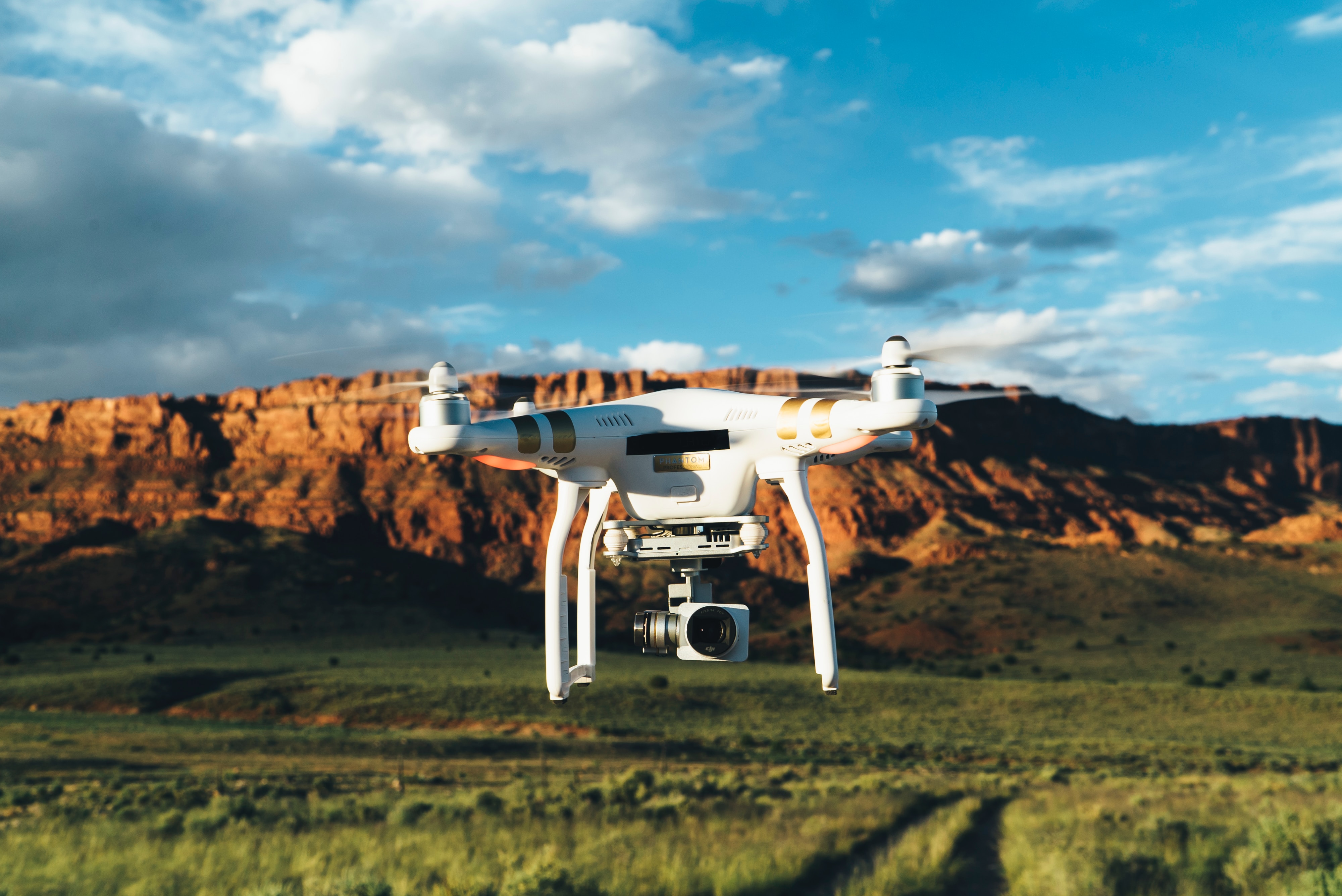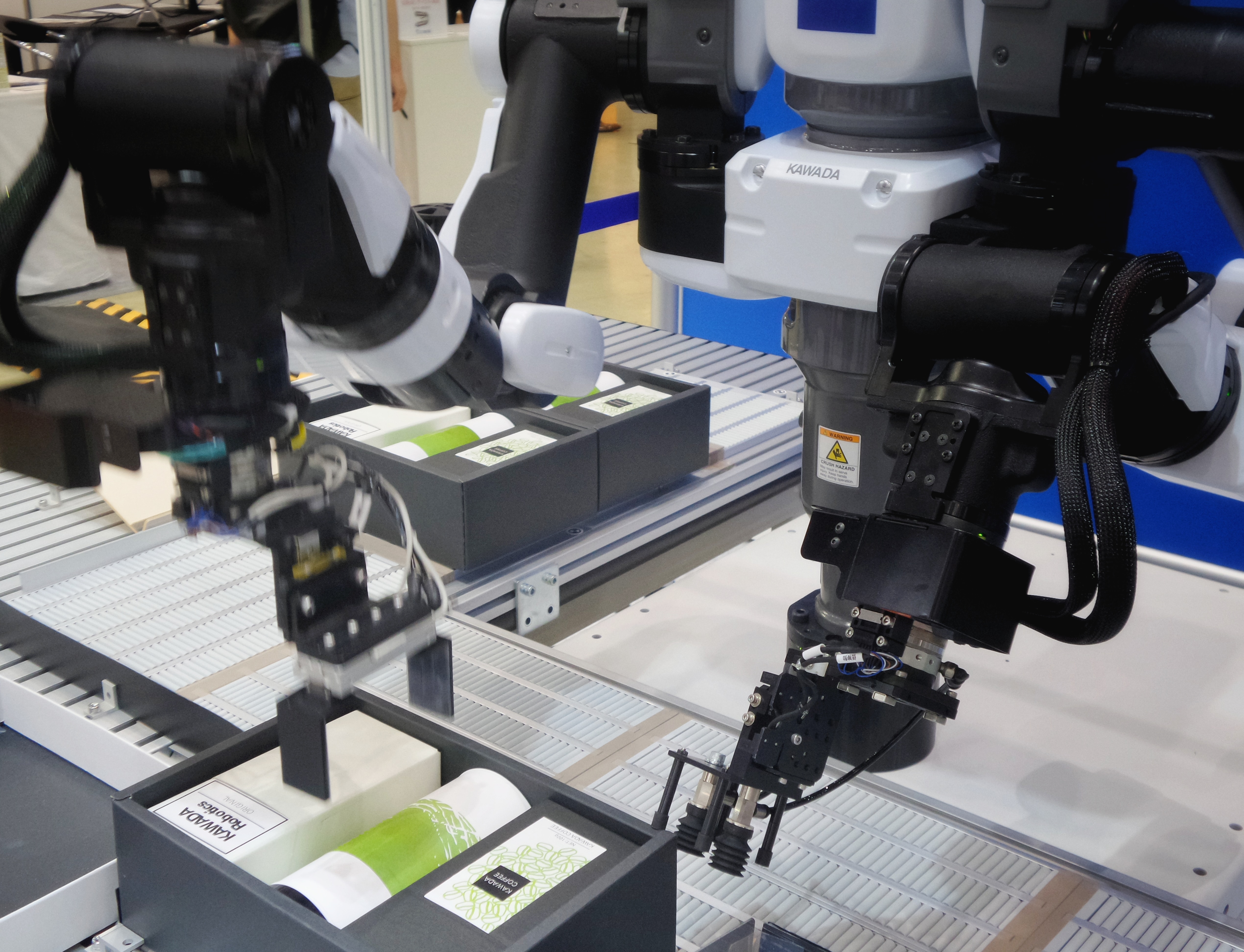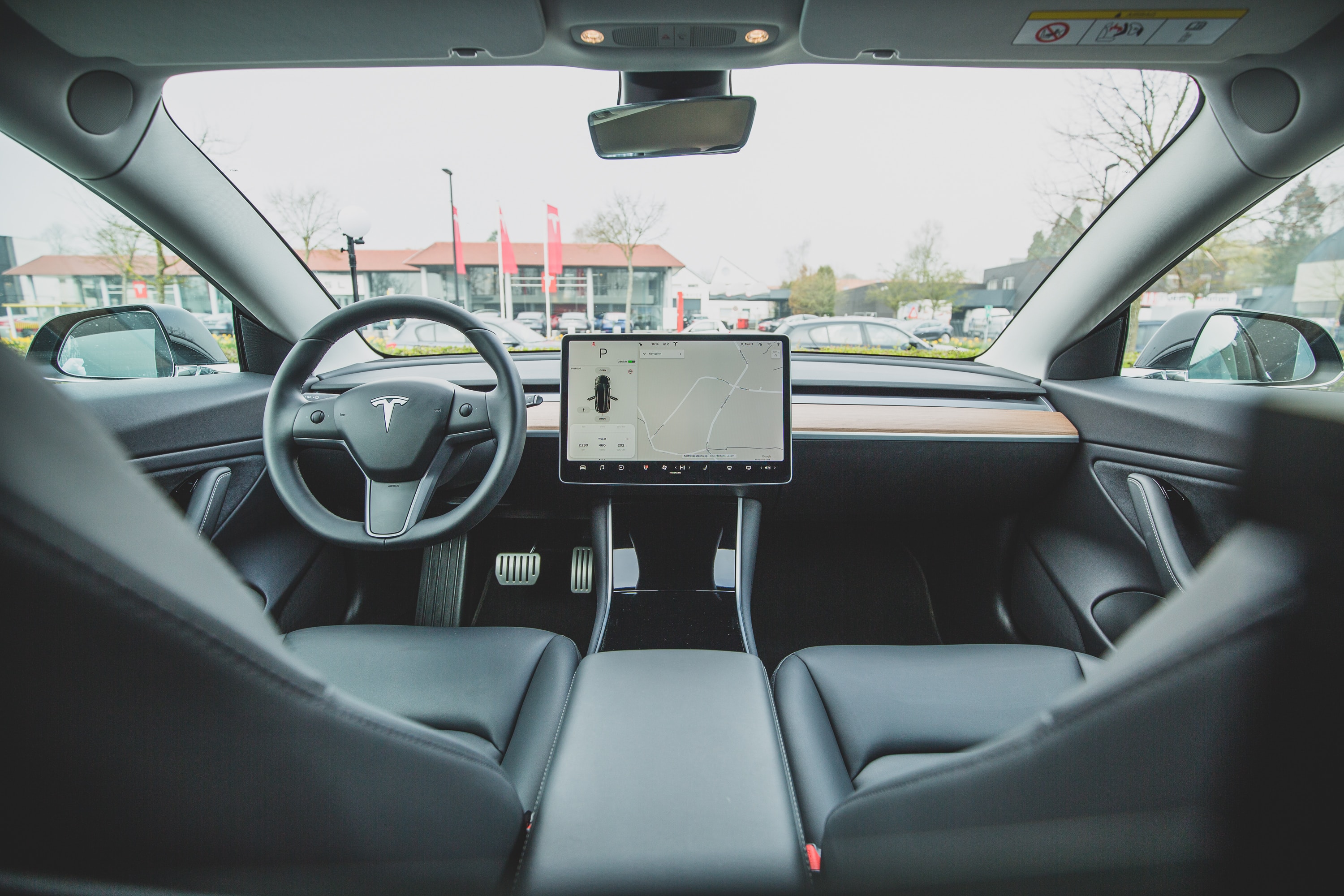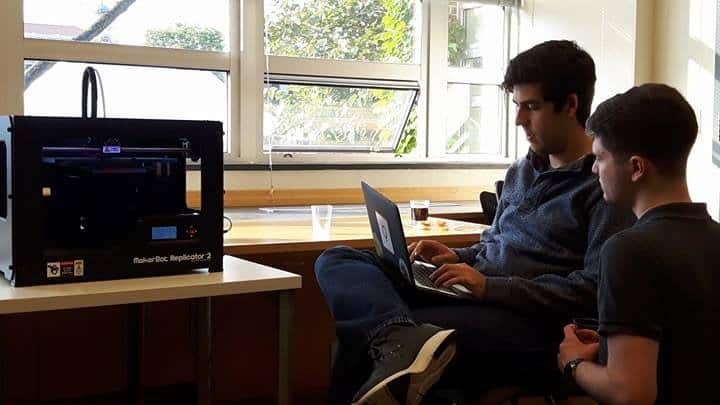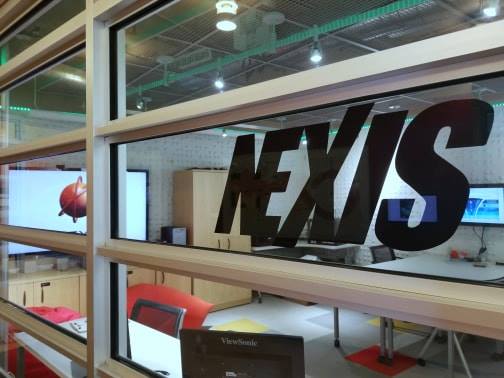13 Nov Digital Ecosystems Shifting Industries
A trending term in Emerging Technologies, digital ecosystems are comprised of companies, people, data, processes and things that are connected by the shared use of digital platforms. The central idea for digital ecosystems is to create a symphony of collaboration between companies to form a collection of flexible services that can adapt to the changing demands of a variety of businesses. The ecosystem approach allows businesses to implement a higher level of security and machine intelligence that run on third-party platforms, offering the opportunity for businesses to optimize their processes and specialize their product/service output. The new digital world implores companies to not only embrace technological change, but to also invest in and develop the right digital partnerships. Digital Ecosystems are created through an established relationship between companies, allowing both to accumulate and share resources, R&D, as well as human capital, among other things. There are numerous examples to analyze, from Facebook’s acquisition of Instagram to Amazon’s acquisition of Whole Foods. A recent example of a developed digital ecosystem is GM’s $500 million investment in Lyft’s rideshare program. This relationship created a new digital ecosystem for transportation, offering both companies with short- and long-term competitive advantages over their respective competitors. In the ever-changing digital world of today, companies must be flexible and able to adapt to key changes in their respective industry. A lack of adaptations in one’s industry will increase the risk of that respective company because obsolete and inefficient, threatening sustainability and growth. Subsequently, developing and implementing a digital ecosystem is vital for a company to stay ahead of its competition. This is due not only to the optimization of strategies and production that the ecosystem will create, but also because of its aptitude in shifting a company’s perspective from short-term profitability to long-term value creation and growth....




